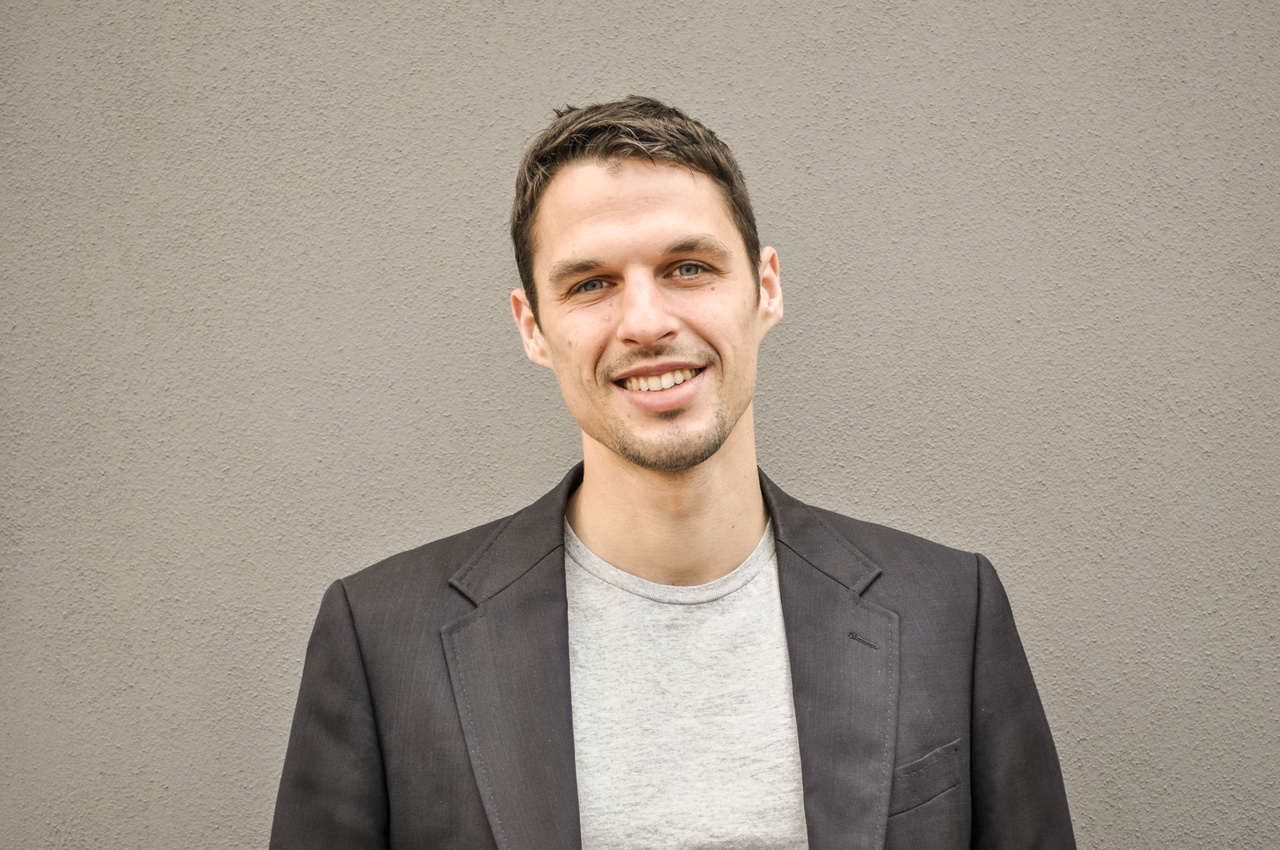
Photo: CityTree-Glasgow_4
How a pollution eating ‘tree’ is cleaning cities’ air
04 September 2017
by Jonathan Andrews
Jonathan Andrews spoke to Victor Splittgerber, CTO & Co-Founder, Green City Solutions, about a new form of urban street furniture that ‘eats’ pollution at the pedestrian level
How does it work?
Green City Solutions addresses the global problem of air pollution by combining a special, vertical installed moss culture with Internet-of-Things (IoT) technology. Called the CityTree, it combines specific plants that eat particulate matter (PM), nitrogen dioxide and ozone–offsetting 240 tonnes of CO2 equivalents per year in total. The plant filter has the same effect as up to 275 urban trees, but requires 99 percent less space. The construction contains sensors collecting environmental and climatic data, to regulate and control the unit and ensure that the plants survive. By using technologies like WiFi, NFC and digital screens, CityTrees can also transmit digital and visual information.
How did the CityTree project come about?
The idea of the CityTree was initiated during our founders’ travels to Asia and southern Europe where they experienced first hand the problems of polluted air and the extreme heat island effect in cities. At the same time, they observed the remarkable impact of urban greening as a measure against those problems. The first sketch of the CityTree was drawn soon after they returned from their travels.
What are the basic concepts?
We want to make a healthier and better way of living possible, for the steady growing number of people living in cities. For this reason our goal is to offer cities a complete service for climate change adaptation and air cleaning measures with a network of mobile and stationary solutions. At the same time we believe in a necessary connection between ecology and the economy for true sustainability.

How much does it cost, initially and maintenance?
The CityTree starts at €24,900 [in Germany] and additional features can be added on. Because of the use of solar energy, IoT technology and an integrated water tank, the vertical plant display requires only a few hours of maintenance per year.
What sets it apart from standard trees or green walls and other concepts on the market?
Our CityTrees are an additional element to the existing landscape. For example it can be placed at locations where no tree can be planted or grown. In addition, the CityTree cleans the air at the pedestrian level not at four to five metres up.
Even though traditional air purifying filters are used indoors–where the amount of air to be cleaned is limited–they still require constant connection to a power supply and a frequent change of pads, which then need to be disposed of. Thanks to self-regenerating moss cultures, CityTree cleans vast amounts of outdoor air with no need of changing pads.
Our indirect competitors offer green rooftops or facades on buildings which either clean very little air due to extensive greening, weight limitations and its location above street level (90 percent of air pollution is located in a street canyon), or is usually not applicable in city centre hot spot due to the city’s ownership structure.
Moreover, there is no negative political impact associated with our product, often observed in cases of economic regulations implemented by local governments. In order to assure our competitive advantage over other market players our solution has been patented.
Have you received support from cities?
We are in contact with many cities worldwide. The involvement differs: our customers are companies looking for a sustainable solution for advertising, campaigns and mobile commerce, and cities for air pollution control. So far, the city is either the customer itself or second, gets involved if the future location is a public one and they need to approve it.
Who do you partner with?
We partner with and receive support from many renowned companies, initiatives and institutes, including the Technical University of Dresden, the University of Applied Science Dresden, Climate-KIC and the EIT, the Leibniz Institute for Tropospheric Research, the Federal Highway Research Institute (BASt), PWC, HTW Gründungsschmiede–the Consulting Centre for Company Founding–Dresden Exists, Deutsche Bahn mindbox, the Infiniti Accelerator of NEST, Cisco Systems (Innovation Grand Challenge), BITKOM, and many more.
In which cities do you operate, and are you looking at cities further afield?
Since the beginning of our venture we have implemented our solution in several European cities with current installations in Norway, France, The Netherlands, UK, Italy, Macedonia, and Germany. Our product has also been temporarily deployed for a number of conferences, fairs and campaigns in Germany, the UK and Belgium through its mobile and freestanding design. More installations are planned.







